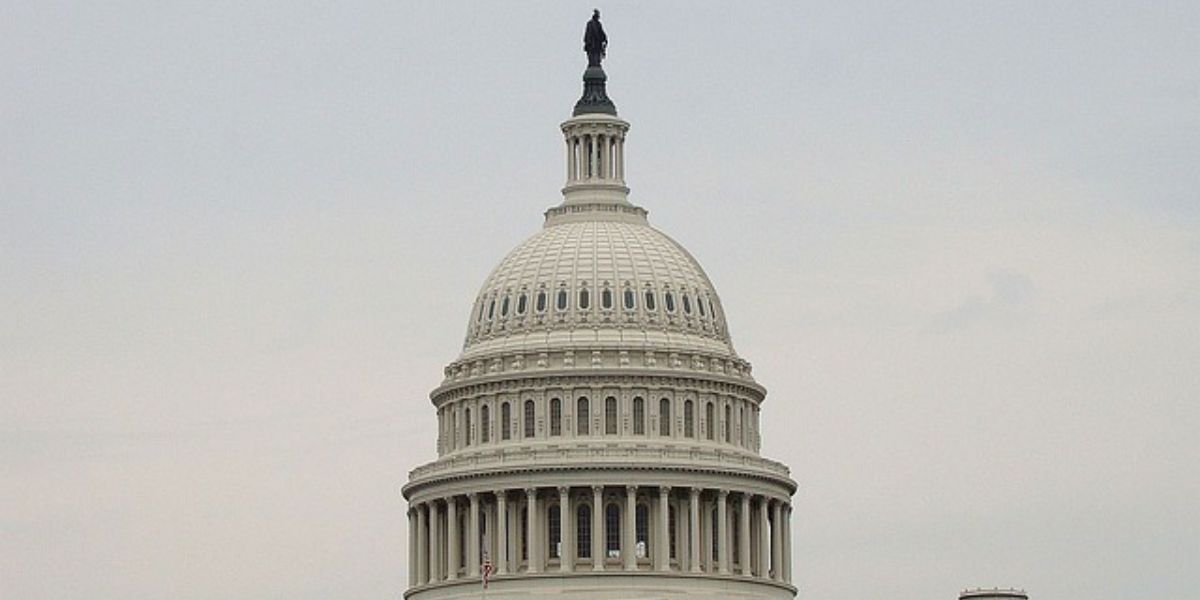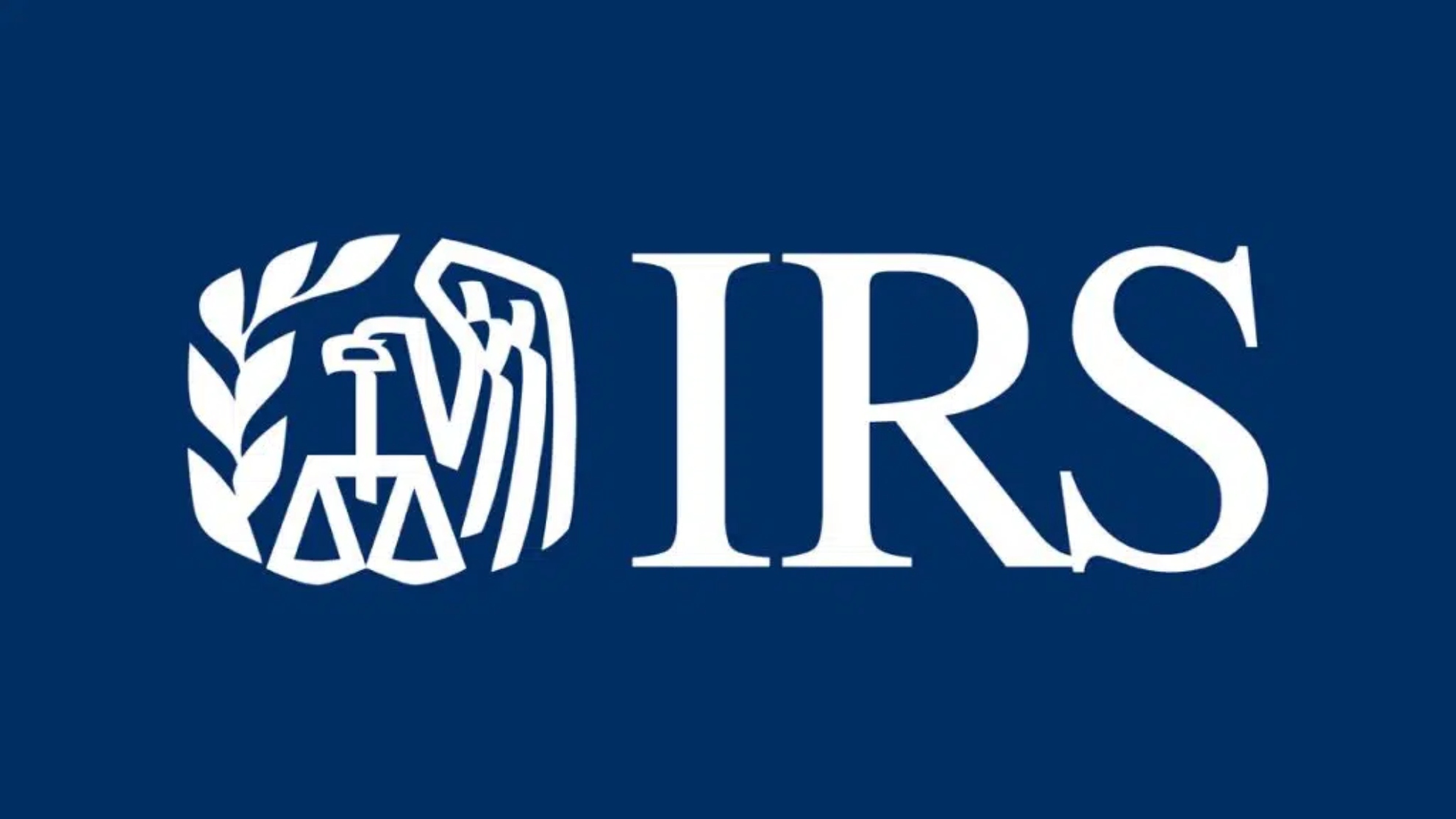The Tax Cuts and Jobs Act provides for a participation exemption in the form of a 100% deduction for the foreign-source portion of dividends received from 10%-owned foreign corporations. This deduction for dividends received can eliminate additional domestic tax on foreign profits. The US government has therefore also added measures to ensure that corporations with foreign operations do not use deductible payments to erode the U.S. tax base and shift income to foreign affiliates in lower-tax jurisdictions.
The Act establishes a base erosion minimum tax that aims to prevent companies from stripping earnings out of the U.S. by making payments to foreign affiliates that are deductible for U.S. tax purposes. This alternative minimum tax may apply when a multinational company reduces its regular U.S. tax liability to less than a specified percentage of its taxable income, after adding back deductible base eroding payments and a percentage of tax losses claimed that were carried forward from another year. The tax can be applied in the case of deductible payments to foreign affiliates from domestic corporations, and can also apply to foreign corporations engaged in a U.S. trade or business when computing the tax due on their effectively connected income (ECI).
The base erosion minimum tax provision applies to corporations, other than RICs, REITs, and S corporations with average annual gross receipts of at least USD 500 million for the three-tax year period ending with the preceding tax year and a “base erosion percentage” of at least 3%.
The minimum base erosion tax is intended to apply to companies that significantly reduce their U.S. tax liability with base erosion payments to foreign affiliates. A taxpayer that reduces its tax liability to an amount that is less than 10% of its modified taxable income has to pay the alternative tax.
Credits are taken into account in computing the taxpayer’s regular tax liability, increasing the likelihood that the minimum tax will apply, but the base erosion tax can be offset by a taxpayer’s research credits and 80% of its renewable electricity production credits, low-income housing credits, and investment credits allocable to the energy credit. As a result of this taxpayer that could otherwise reduce its tax liability to zero with credits can no longer do so, and is instead subject to tax on a minimum of 20% of 10% of modified taxable income (in other words 2% of modified taxable income). There is no carryover for excess credits so this potentially eliminates the 20% of applicable Section 38 credit benefits.
For tax years beginning after December 31, 2025 the taxpayer’s base is to be increased from 10% to 12.5% of modified taxable income. The taxpayer’s regular tax liability will be reduced by the aggregate amount of credits allowed to the taxpayer with no other adjustments.
A corporation’s “modified taxable income” for a year is either its taxable income, determined without regard to any “base erosion tax benefit” from any “base erosion payment”; or it is the “base erosion percentage” of any allowable net operating loss deduction allowed under section 172 for the tax year.
A base erosion payment is defined as any amount paid or accrued by the taxpayer to a foreign related party for which a deduction is allowable. An amount paid or accrued to a related party for services is not a base erosion payment if it satisfies the requirements for using the services cost method under the transfer pricing provisions and the payment is for total services costs with no mark-up component. There is also an exception for “qualified derivative payments”.
A taxpayer’s base erosion percentage for any tax year is defined as the aggregate amount of base erosion tax benefits for the tax year divided by the aggregate deductions allowable for the tax year, including base erosion payments and depreciation or amortization for property acquired with a base erosion payment; plus certain base erosion tax benefits relating to reinsurance payments and payment for cost of goods sold to surrogate foreign corporations.
This provision applies to base erosion payments paid or accrued in tax years beginning after December 31, 2017.


















